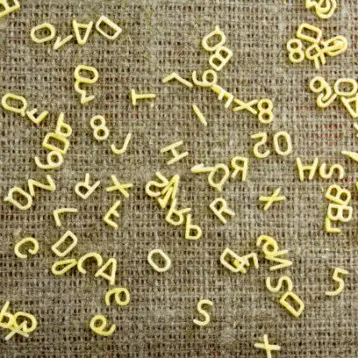Flash is a non-volatile memory device. That means that after writing data into the device, the data is stored for a long time with no need for a power supply to sustain the written information. The basic idea the enables flash devices to store electrical charges for extended periods is a mechanism referred to as a floating gate, which “traps” the electric charge and surrounds it with an insulator.
Since flash devices are built of floating gate transistors, the memory capacity enhancement of flash devices has more or less followed Moore’s Law (which predicts the doubling of the number of transistors on a chip every 24 months). However, the miniaturization of flash devices is limited by the need to prevent distinct memory cells from electrically interacting with each other. However, in an interview to Technology Review Don Barnetson of Nanosys explained thatit may be possible to reduce the amount of insulator surrounding the floating gate if the gate will be made of metal nanocrystals. In this way the device’s memory density could be enhanced.
The concept of a nanocrystals floating gate is not new (see this PDF document by Ravneet Bajwa describing an experiment conducted in Cornell University), but has not yet been used for mass production of flash memory devices.
TFOT interviewed Don Barnetson in late 2006 when he was still the director of Flash marketing for Samsung Semiconductors. In the interview, Barnetson discussed the future of Samsung’s flash based drives which are now starting to replace hard drives in some high-end portable computers.










